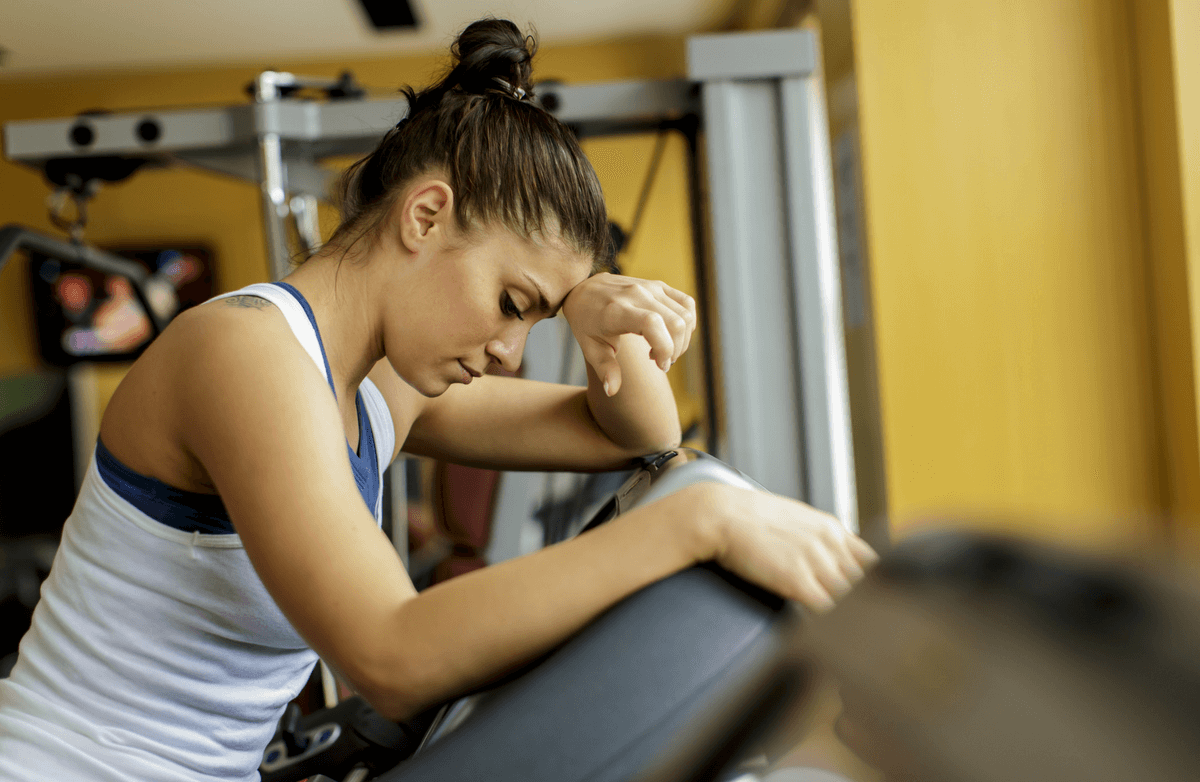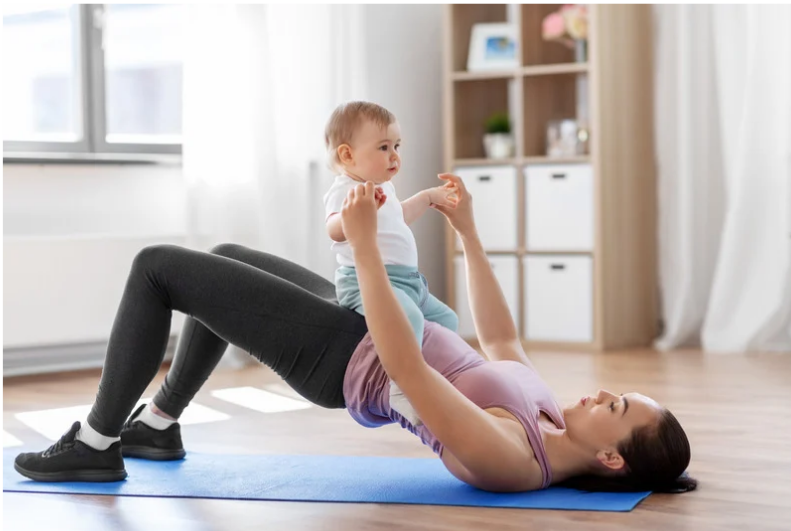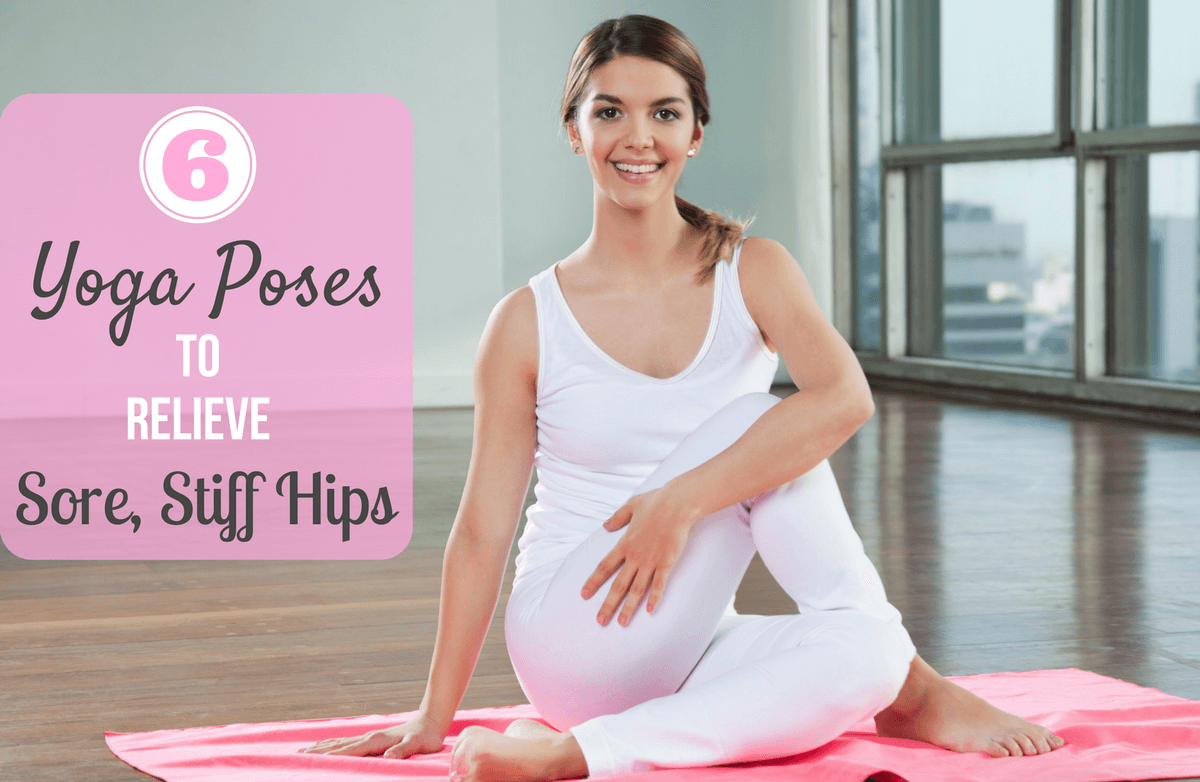If the eyes are the windows to the soul, it is a lens to your overall health. Sitting and standing with proper posture can make you look years younger, appear lighter, and convey confidence, poise, and leadership.
Unfortunately, many people develop poor posture gradually, often noticing symptoms like back and neck pain, stiffness, limited range of motion, or tight muscles long before seeing their shoulders hunch. The good news is that posture can be corrected with simple exercises and stretches.
Proper Posture Defined
Good posture occurs when the muscles of the body align properly, allowing for efficient movement. When your muscles and joints are balanced, everyday activities like squatting, running, or lifting become easier. Poor alignment causes some muscles to overwork while others weaken, creating imbalances that lead to stiffness, joint stress, and pain.
A qualified personal trainer can assess your posture, often using a plumb line to check if your ear, shoulder, hip, knee, and ankle align vertically. Most people’s posture deviates from this ideal, even if they are healthy and fit.
Improve Your Posture in Four Steps
You can enhance your posture by adding strengthening and stretching exercises to your fitness routine, performing them 2–3 times a week for 15–20 minutes per session. Hold stretches for 15–20 seconds and perform 2–3 sets of 8–12 repetitions for strengthening exercises.
Step 1: Strengthen Your Core
A strong core supports your back, improves balance, and keeps your body upright. Weak core muscles force other muscles to compensate, causing pain and poor movement.
Exercises for the core:
-
Basic crunches
-
Side plank
-
Crunches with twist
-
Standing side bends
-
Plank hold
-
Back extensions
-
Bird dogs
Step 2: Fix Rounded Shoulders
Rounded shoulders result from sitting, driving, or performing repetitive tasks that tighten the chest and shoulder muscles while weakening the upper back. Strengthening the upper back and stretching tight areas will naturally pull the shoulders back.
Strengthening exercises:
-
Reverse dumbbell flys
-
Rows with resistance band
Stretching exercises:
-
Standing chest stretch
-
Standing quad stretch
Step 3: Neutralize Tilted Hips
Forward pelvic tilt occurs when the hips tilt forward, often due to sitting for long periods. Strengthen the hamstrings, glutes, and abs while stretching tight hip flexors and quads to restore neutral hips.
Strengthening exercises:
-
Core exercises
-
Bridges
-
Leg curls with medicine ball
-
Single-leg hamstring flexion
Stretching exercises:
-
Standing quad stretch
-
Kneeling quad and hip stretch
Step 4: Retract a Forward Head
Forward head posture results from hours spent looking at computers, driving, or watching TV. Strengthen the deep neck muscles and stretch tight front and side neck muscles to align your head above your shoulders.
Strengthening exercises:
-
Neck retraction
-
Headrest exercise (press chin into chair or headrest)
Stretching exercises:
-
Neck stretches
-
Myofascial neck release with a foam roller
Tips for Results
-
Adjust your workspace and car seat to encourage upright posture.
-
Use a firmer mattress for back support.
-
Stand and sit tall with your shoulders back and head high.
-
Limit wearing high heels and switch sides when carrying heavy bags.
Improving posture enhances confidence, reduces pain, supports athletic performance, and can make you look younger and lighter. Start incorporating these exercises and stretches today to see lasting results.












